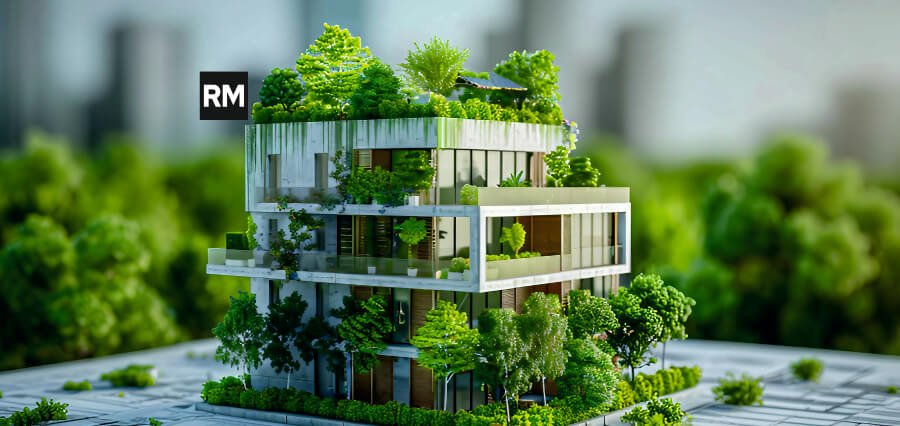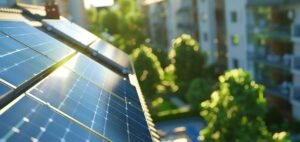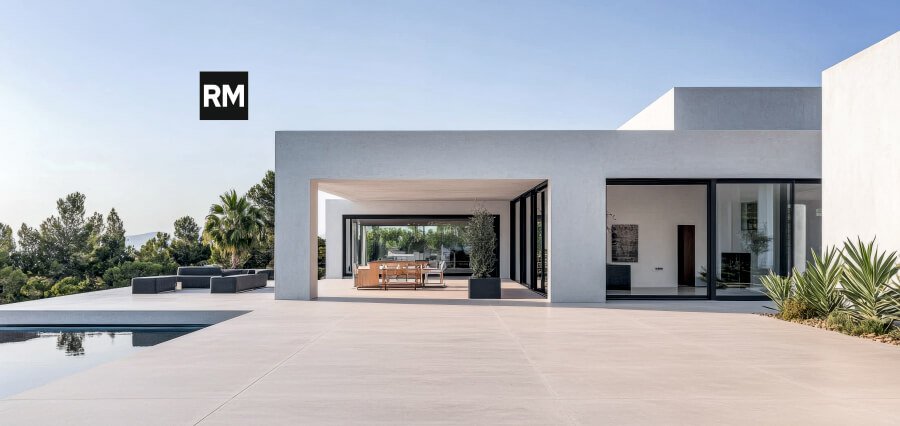Building Green
As this year is at its almost end, we, as humans, have a goal to achieve and a responsibility to take on—Acquiring Green Ways. The demand for sustainable living and helping the environment are consistently increasing. Moreover, the scenario of resource depletion and increasing pollution is also taking a look. Sustainable building practice, also known as ‘building green,’ has now become a prominent concern of modern architecture, which leads to creating an eco-friendly, energy-efficient home and commercial space. Here are the top sustainable green ways to follow in 2024 to help build a more sustainable future.
- Energy-Efficient Building Materials
One of the most important concerns in building green concerns using materials that are energy-efficient, durable, and responsible to the environment. The theme of using reclaimed wood, bamboo, recycled steel, and low-impact concrete will be a sustaining feature in 2024. These materials further reduce the carbon footprint of construction while enhancing the energy efficiency of a building. This goes beyond insulation materials by using recycled denim or sheep wool as alternatives to typical fibreglass. These materials improve thermal efficiency and reduce heating and cooling needs.
- Solar Power Integration
The most popular and effective method of building sustainably is solar energy. During 2024, building with integrated solar panels is normal, not a choice. The major advantages of using solar energy include reduced dependence on nonrenewable energy sources and saving on electricity in the long term. A new wave of solar roof tiles is emerging as sleek aesthetic additions to create beautiful designs of a building’s finish as well as provide the desired functionality in green homes. Moreover, with solar energy storage systems such as battery packs, excess energy can be stored for later usage, thus increasing energy independence.
-
Green Roofing and Urban Gardens
Green roofs are an innovative measure for mitigating urban heat islands, improving air quality, and promoting biodiversity. The roofs, covered by plants, may allow buildings to be better insulated and reduce the consumption of energy since, as natural temperature regulators, they control the ‘box’ temperature inside. Apart from green roofs, cities have seen their gardens and vertical farms grow in popularity buildings now host local food production, reducing their carbon footprint from food transportation.
- Water Conservation Technologies
As water scarcity grows into a concern, more sustainable buildings incorporate water-saving technologies in the design. There are rainwater harvesting systems for the collection of rainwater for irrigation or even within the building, and there are water-efficient low-flow fixtures and appliances typical for great performance yet low water consumption. Innovative designs are even incorporating grey water recycling system that filters water used in baths, sinks and washing machines for purposes other than for drinking such as watering plants and flushing toilets.
-
Smart Home Technologies
Smart home technology not only brings convenience but also contributes to energy saving. In 2024, energy management systems including controlling heating, cooling, and lighting become a core component of green buildings. These systems depend on data for optimizing energy use, adjusting their performance according to room occupancy, as well as making real-time decisions with an eye on weather forecasts and energy demand. Smart thermostats, auto-sensitive lighting, and monitoring apps all contribute toward a sustainable living environment that is energy-friendly.
Conclusion
In other words, green building is not a trend any more it has become a necessity. When we proceed into 2024, people are foreseeing that sustainability within construction materials and hardware, renewable resources of energy, preservation of water, and wise applications of programs will be the future of construction. These green practices will eventually help the builder, homeowner, and business house in harmony to build a sustainable and eco-friendly world.







